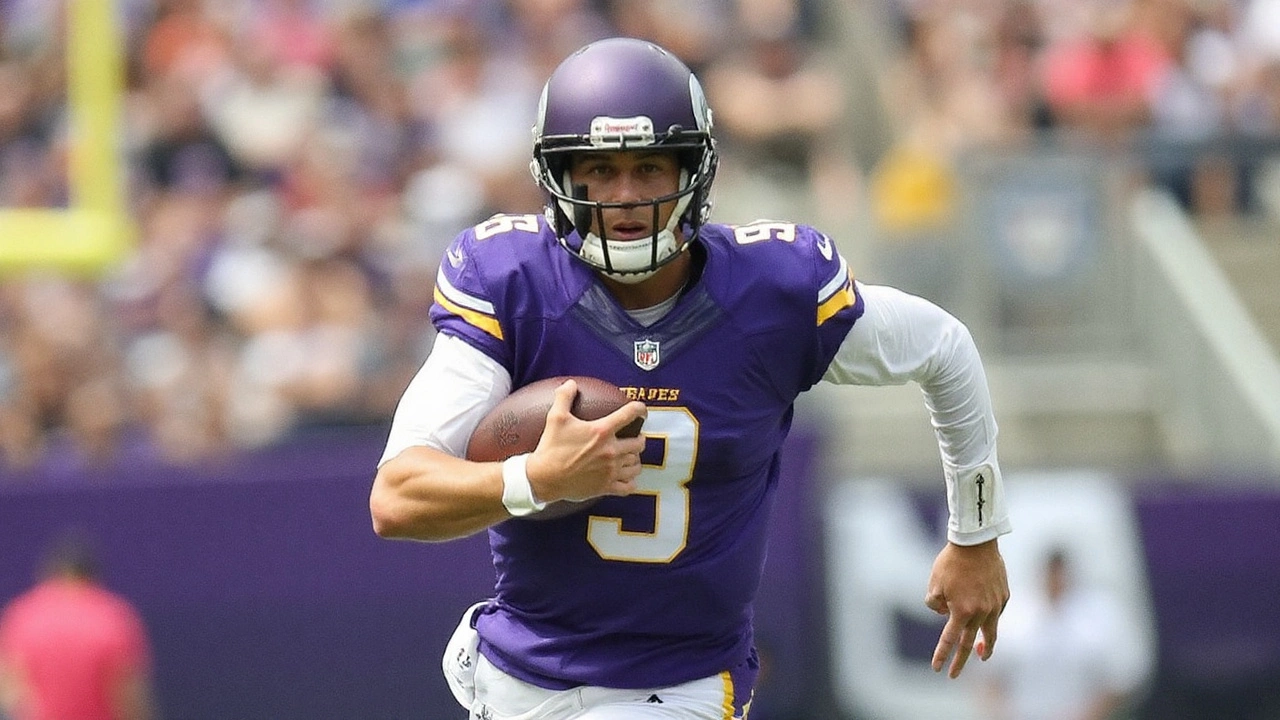
A line that flipped, a rivalry that rarely sits still
Odds rarely swing this far before a snap, but that’s what we’ve got for Monday Night Football in Chicago. The Bears opened as 1.5-point favorites in spring markets. By game day, the Vikings sit -1.5 on the road, with the total steady around 43.5. Kickoff is 8:15 p.m. ET on ABC/ESPN from Soldier Field—clear skies, light breeze, mid-60s temps. No weather excuses, no wind-driven chaos. Just football.
On paper, the gap between these teams tightened over the summer, then tilted toward Minnesota. The Vikings are coming off a 14-3 regular season before a blunt Wild Card exit at the Rams. The Bears finished 5-12, reset expectations, and leaned into youth on offense. That context explains why the spread stretched to Vikings -2.5 at one point before sharp money nudged it back to -1.5. The total hasn’t cracked—models with a strong 2024 track record continue to lean under 43.5.
Market expectations on the season bear that out. Minnesota’s win total sits 9.5 (under juiced), Chicago’s 8.5 (under juiced). That’s the market telling you: mild step back for the Vikings, modest step forward for the Bears. For tonight, it signals a coin flip with a tiny edge to experience and continuity on the Minnesota sideline.
The setting won’t interfere. Soldier Field’s forecast reads like mid-September in a TV truck’s dreams: dry, calm, comfortable. That usually gives offenses their full call sheet. If this lands under the number, it’s likely about execution and red-zone stalls—not rain, gusts, or turf gremlins.
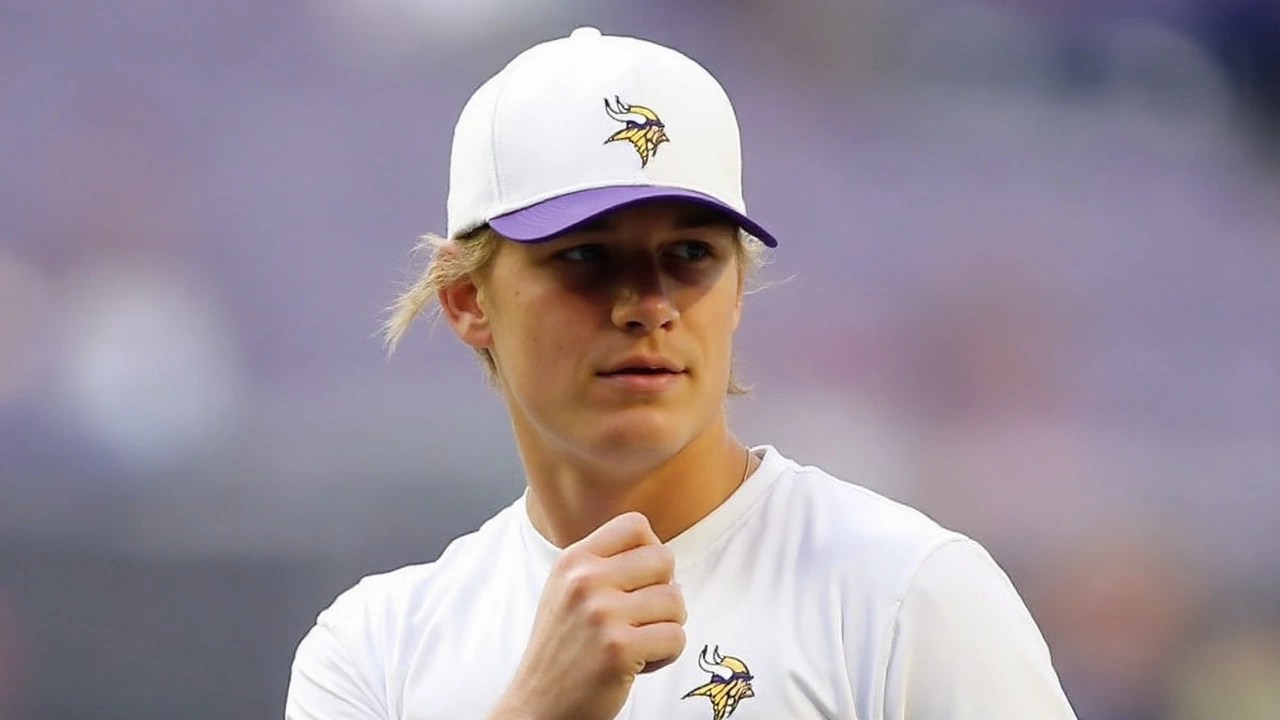
Why the number moved—and what will decide it
Three forces shoved this line around: quarterback confidence, coaching continuity, and defensive pressure. Minnesota carries the first two. Kevin O’Connell’s staff returns with a defined identity and a deep catalog of answers. On the other side, Matt Eberflus has quietly built a defense that closed last season with real bite, but the offense is still finding its rhythm—new pieces, fresh timing, and a young passer taking another step.
When bettors priced the spring number, they weighed Chicago’s home edge and off-season optimism. As camp reports and preseason snaps trickled in, money shifted toward the steadier program. That created an over-correction to Vikings -2.5. As limits rose and sharper shops posted their final numbers, buyback on the Bears pulled it to -1.5. In other words: a tug-of-war landing near a pick’em corridor.
This total tells a story too. Forty-three and a hook leans toward a measured pace and a few drives that stall. Divisional games in Week 1 tend to run tighter—fewer explosives, more field position, more coaching chess. Minnesota’s defense under Brian Flores brings a lot of looks and heat. That can speed quarterbacks up and shrink windows, especially on third down. Chicago’s defense, meanwhile, has lived on takeaways and tighter coverage since late last season. Two units capable of flipping a series with a single blitz or punch-out make unders attractive to models—and maddening to over bettors.
Matchup-wise, keep an eye on the trenches. If Minnesota protects, it unlocks the deep intermediate game—crossers, digs, those rhythm throws that feed long drives. If Chicago wins early downs with run fits and quick pressure, the Vikings are forced into third-and-long against a secondary that has grown more confident and physical. That’s where turnovers live.
On the perimeter, star power runs both ways. Minnesota’s top wideout draws coverage that warps a defense, demanding safety help and inviting one-on-one wins elsewhere. Chicago counters with a true CB1 and a defense comfortable squeezing throwing lanes underneath. If the Vikings are winning on slants and comebacks, they’re on schedule. If those routes get crowded, punts follow.
Chicago’s offense brings a different problem for Minnesota: movement and mismatches. Rome Odunze’s release package and body control already look built for red-zone fades and back-shoulder timing. D’Andre Swift is more than a checkdown; he’s a formation tool that forces linebackers to declare their coverage. If the Bears keep Minnesota in nickel and isolate Swift on an overmatched defender, those short throws can function as the run game and nudge the clock along.
Special teams matter in this stadium, even on a pristine night. Field position can swing tight totals. A coffin-corner punt, a clean 53-yarder, a single missed tackle on a return—those are the three points that separate 20-17 from 23-20. Neither sideline wants this to become a kicker’s night, but the divisions are often decided by precisely that.
If you’re tracking the prop market, the attention is clear. Odunze at +275 for an anytime touchdown drew eyes because the fair number for a top red-zone option in a game lined this tight usually sits closer to +200. That’s a price-versus-role debate. Swift over 9.5 receiving yards at -130 is the classic “one screen and a swing pass” angle in a game where pressure could push quick throws. If Chicago falls behind, that number can cash in two snaps. If they lead and grind clock, it’s still live through designed flats and option routes.
Live-betting markers to watch: early down success rate and third-down distance. If Minnesota is living in second-and-5, they control tempo and keep a lid on Chicago’s pass rush. If Chicago’s in second-and-9, Flores can bring those overloaded fronts he loves, and that’s when mistakes pop. Explosives will be scarce, so the game likely swings on who steals two short fields—via a takeaway or a long return.
From a number standpoint, -1.5 feels honest. It acknowledges Chicago’s home field and the Bears’ defensive growth but still nods to Minnesota’s cohesion. If this drifts toward -3 at any point, you’ll see quick resistance. Three is the NFL’s gravity well. Totals bettors will watch the first two series closely. If both teams push tempo and show early downfield shots, the live number will tick up fast. If it’s conservative, expect it to slide toward the high 30s before halftime.
History adds a little spice. Soldier Field hasn’t always been kind to Minnesota, especially in the last decade, but the gap has shrunk lately. Recent meetings have tilted tighter and more situational—short fields deciding outcomes more than yardage totals. That rhythm fits a 43.5 total and a spread under a field goal.
Personnel whispers matter around the edges. Final inactives drop 90 minutes before kickoff. Any surprise scratches in the secondary or on the offensive line would move props and maybe the total more than the spread. As of this afternoon, no weather flags, no late-week practice mishaps shaping the board, and nothing from the market that hints at a hidden injury shoe about to drop.
Big picture, this game is a tone-setter in the NFC North. The Lions have the target. The Packers feel dangerous. Minnesota wants to show last year’s win total wasn’t a mirage. Chicago wants to prove the rebuild is accelerating, not lurching. Both claims can be true, which is why the line sits where it does and why the under keeps drawing interest.
So what decides it? One quarterback avoiding the mistake into a robber safety. One edge rusher wrecking a drive. One coordinator winning a red-zone chess match. In a game with this spread and this total, one play usually writes the headline. We’ll see which sideline makes it.

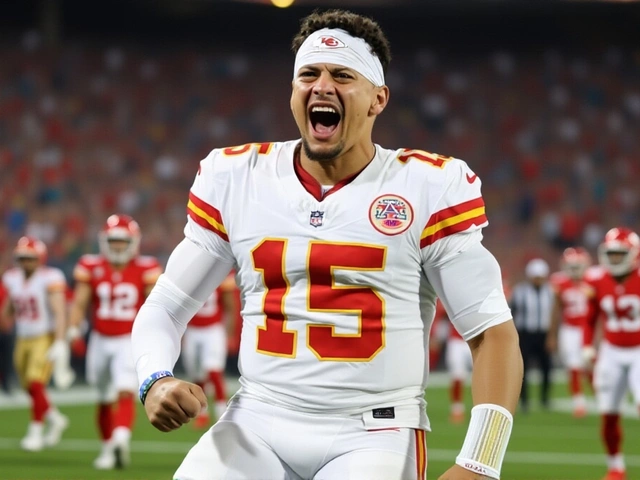
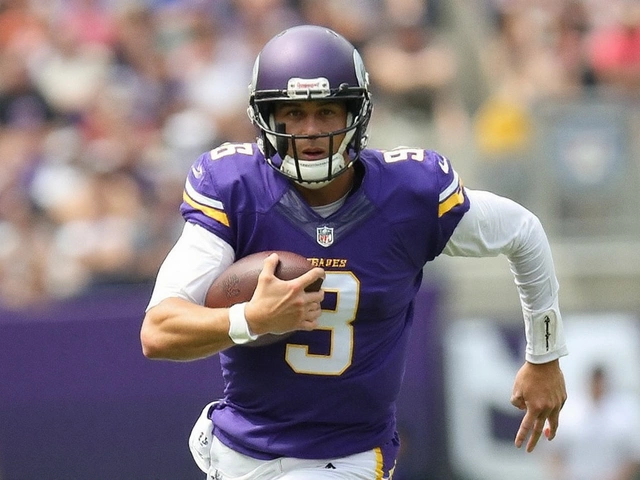
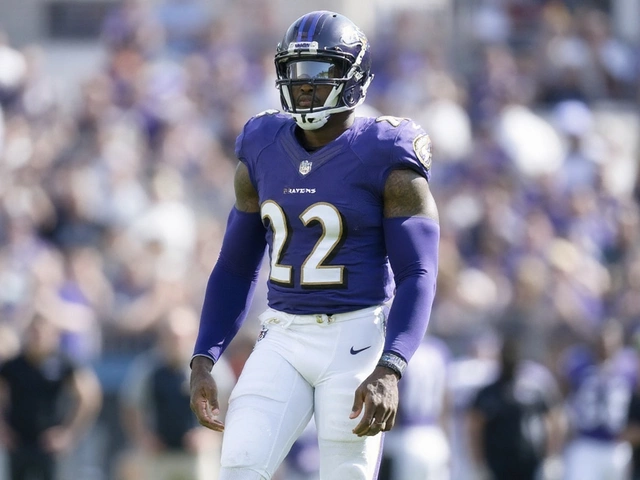
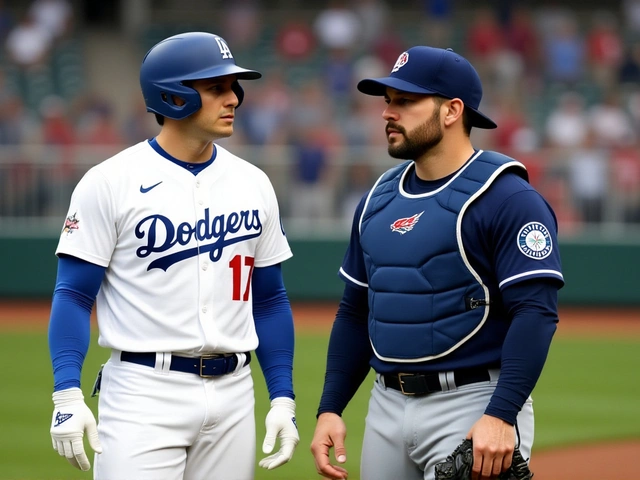

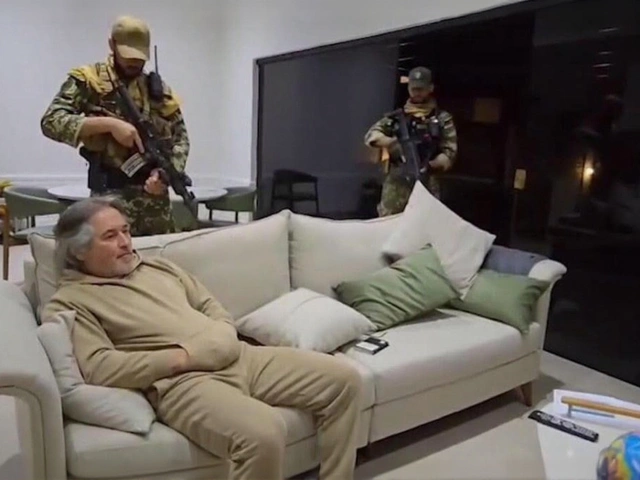
Write a comment